Cryoablation
NEW POSSIBILITIES IN CANCER TREATMENTS
Our physicians use state-of-the-art technology in their fight against cancer. We evaluate every cancer patient and find the most appropriate treatment plan possible, one that offers the best chances for a cure. Using the most advanced interventional radiology (IR) procedures and imaging modalities we treat tumors directly, and avoid many of the drawbacks of more systemic treatments.
Other Cancer Related Services:
RADIOFREQUENCY OF
SPINAL METASTASES![]()
CHEMOEMBOLIZATION/
DRUG ELUTING BEADS![]()
RADIOEMBOLIZATION
(Y-90) FOR LIVER TUMORS![]()
CENTRAL VENOUS
CATHETER PLACEMENT![]()
CRYOABLATION![]()
RADIOFREQUENCY
ABLATION (RFA)![]()
PORT PLACEMENT FOR
CHEMOTHERAPY![]()
PREOPERATIVE EMBOLIZATION
OF TUMORS![]()
MICROWAVE ABLATION![]()
About the procedure
Cryoablation is a minimally invasive interventional radiology procedure often used to treat cancerous tumors that are not candidates for surgery. The cryoablation procedure uses extreme cold to destroy the tumors.
Why it’s done
This treatment option is often used when surgical removal of the tumors is not a viable option. This can occur when the tumors are too large, or are located too near major blood vessels. Cryoablation is also an appropriate option for patients who cannot undergo general anesthesia. Cryoablation is considered less invasive than surgery, and does less harm to nearby healthy tissues. It also has the advantage of being compatible with other cancer treatments, and of being repeatable if new tumors develop.
What to expect
Preparation: You will go home shortly after the treatment. Discuss any medications you are taking, including herbal supplements, with your CiC doctor. You may be advised to stop taking aspirin, NSAIDs, or blood thinners for several days before the procedure. If you are pregnant, be sure to inform your doctors so that they can use X-ray procedures that will minimize radiation exposure to the baby. You may be advised not to eat for several hours beforehand, and you should plan to have someone available to drive you home afterwards.
During: After application of a local anesthetic at the incision location, your doctor will insert a thin catheter, and then guide it into place near the tumor using fluoroscopy, ultrasound, or some other type of visualization. Then a gas is circulated through the needle which drops the surrounding tissues down to -40 degrees Celsius.
After: When you have been discharged you should be able to resume your activities within 7 to 10 days. For the first 24 hours, however, you should not drive or operate machinery, and you should not engage in any kind of strenuous activity. You should check in regularly with your CiC physicians for at least a month, so they can monitor your progress and determine whether the procedure may need to be repeated.
Getting the best cancer care
The expert interventional oncologists at Comprehensive Integrated Care are among the most qualified and highly-trained in the nation. Because at CiC we specialize in the latest techniques and cutting-edge technologies, as a patient you will benefit from the most advanced and most effective cancer care possible.
